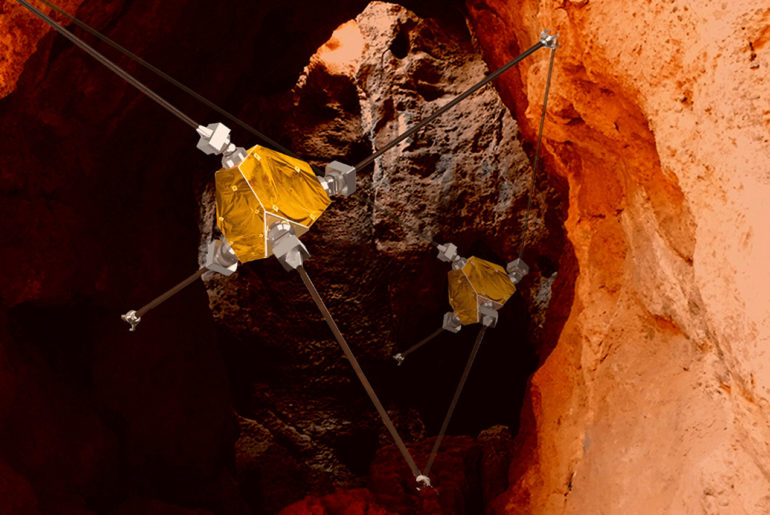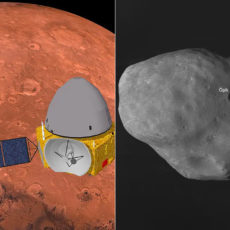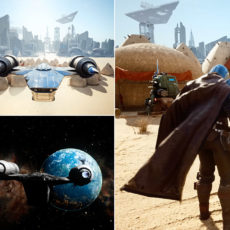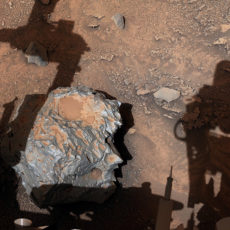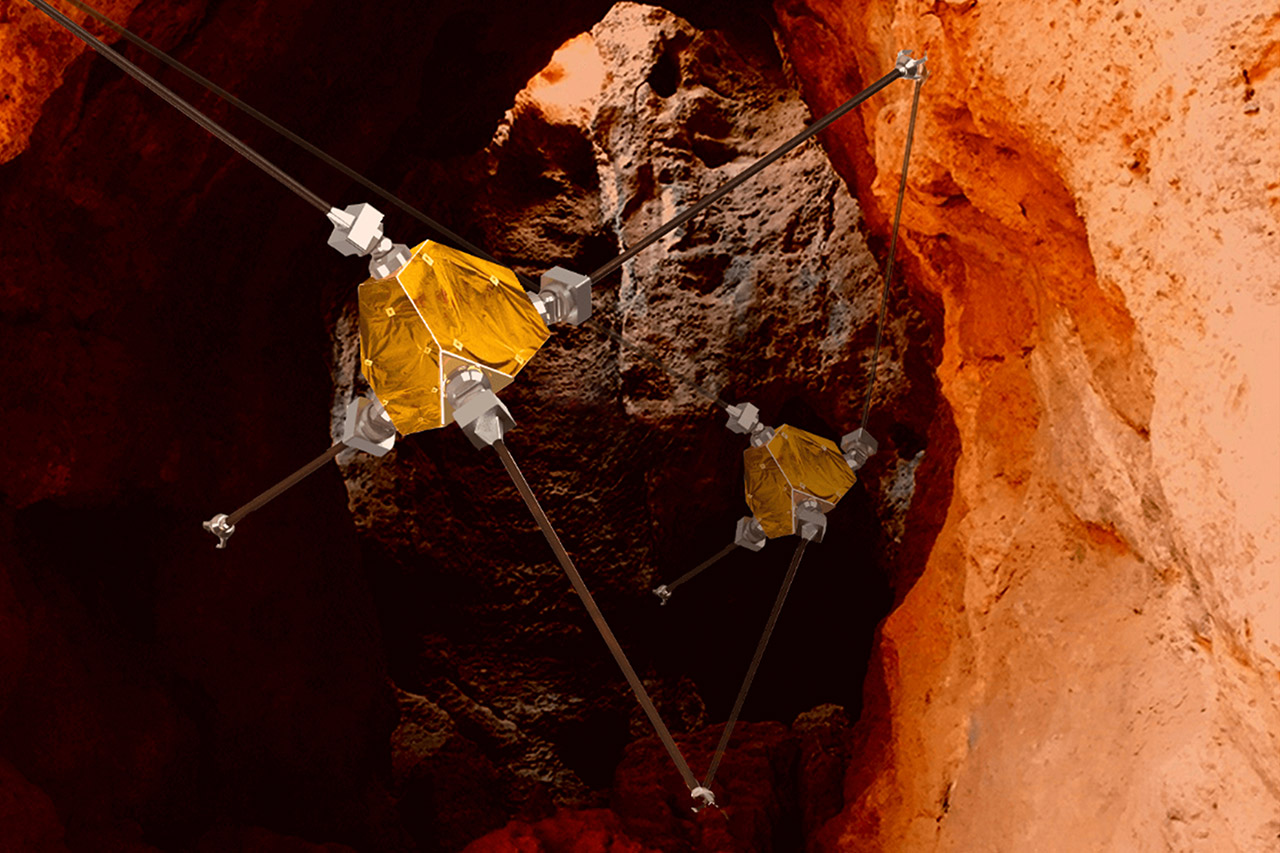
It will be some time until astronauts can 3D-print tools on Mars, and Stanford University’s ReachBot may be able to explore Martian caves without them. This small robot uses lightweight extendable booms to achieve large reach with a small footprint, enabling it to access steep, vertical, and overhanging surfaces in otherwise dangerous natural voids.
Once in the caves, ReachBot will be able to transport instruments to targets of significant geological and astrobiological interest using its rollable extendable booms as manipulator arms as well as highly reconfigurable structural members. Not only is it capable of rapid and versatile crawling through sequences of long-distance grasps, but also traversing a large workspace while anchored.
- Movie Collectible Colossus - This 4,049-piece LEGO Marvel Hulkbuster (76210) captures the scale and power of the Hulkbuster MK44 from Marvel Studios'...
- Authentic Model Details - Features 3 light-up arc reactors (1 in chest, 1 in each hand), fully jointed upper body, and spacious, opening cockpit.
- Iron Man Compatibility - The cockpit is designed to hold the LEGO Marvel Iron Man Figure (76206) – sold separately, enhancing the Hulkbuster...


We will study ReachBot’s performance in a realistic mission environment. By outlining a detailed notional mission, we will determine realistic operational constraints for ReachBot. Then, we will conduct field tests to demonstrate the feasibility of our proposed concept for real-world deployments,” said Marco Pavone, Associate Professor Stanford University Department of Aeronautics and Astronautics Departments.

